How to Heal Your Inner Child
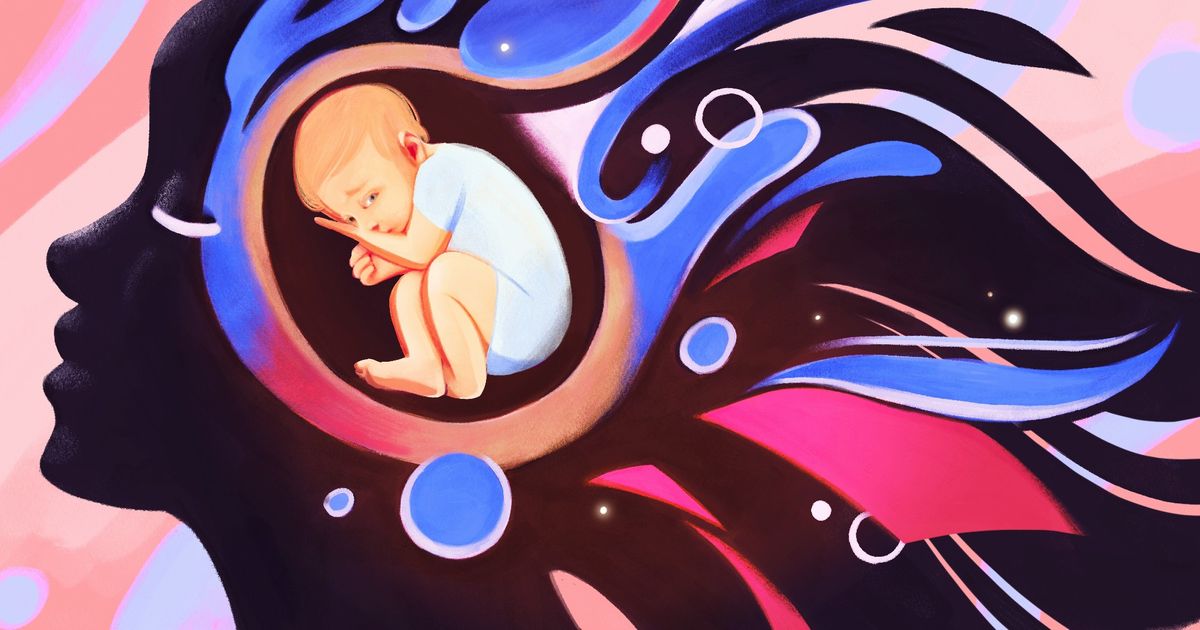
For people who have had a tough childhood, their wounds might be deeply sealed inside themselves as they grow up. This could be applicable even to those who had a healthy childhood because there might’ve been some events or words from the past that could’ve stuck with them after all these years. These experiences might have a significant effect on our emotional routines, which sometimes turn out to be unhealthy. So, 5-Minute Crafts wants to suggest some ways to reparent your inner child.
⚠️Readers should always consult a professional therapist first before following these steps. This article is for informative purposes only.
1. Acknowledge your inner child.
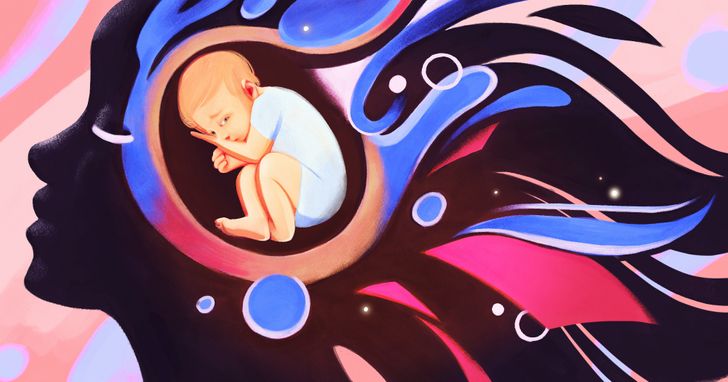
The healing begins when you recognize the presence of your inner child. If you have a hard time opening up to your child self, you can consider it a process of self-discovery. Acknowledging mainly involves addressing and accepting the pain caused to you in your childhood and helps you understand its impact too. Many learn to get in touch with their inner child like they would approach a living person.
2. Build compassion for your inner child.
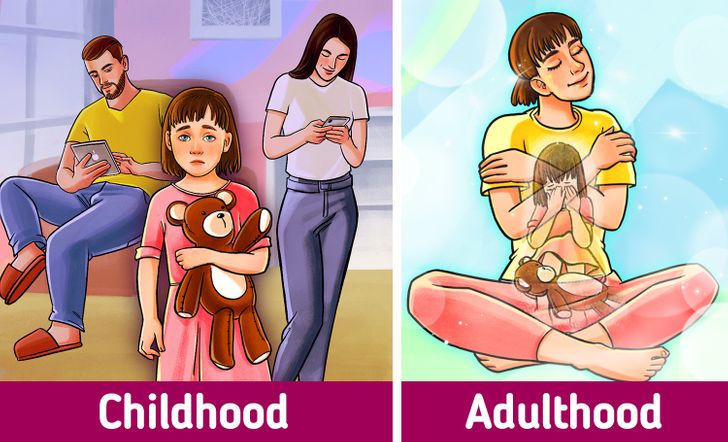
No matter what caused you pain in your childhood, your inner child can still experience its aftereffects. Your basic needs weren’t fulfilled in the past, like if someone failed to show compassion to you, or maybe they were absent when you needed them the most, or they didn’t nurture you or inflicted pain on you directly.
Now that you’re an adult, it’s your responsibility to show yourself the compassion you needed as a child. This can be done by imagining the painful scene from the perspective of your inner child. Then give your inner child the love, support, and compassion it needed in the past.
3. Write a letter to your inner child.
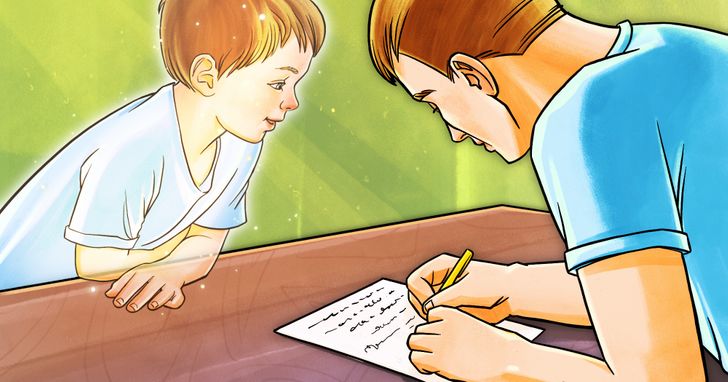
To begin with, you can write about your childhood memories from an adult perspective. Write the letter in a way that you are giving explanations or advice on situations you didn’t know how to handle back then. For instance, if you were bullied by an elder family member in your childhood, when you grow up you understand that the root cause of their bullying behavior is that they were the victim of bullying too. Share this insight with your inner child in the letter to soothe your old pain.
You can add reassuring messages to comfort your inner child. Also, try asking questions like, “How can I support you? or “How do you feel?” and sit with them to calmly come up with answers.
4. Do things that brought you joy in your childhood.
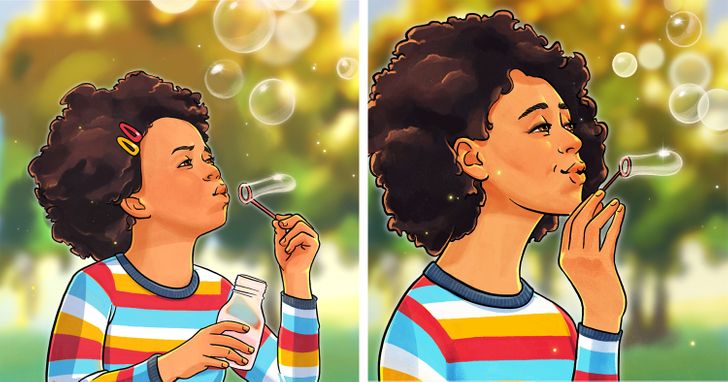
Try doing the same activities you did that made you joyous during your childhood. It could be playing games, painting, or anything that makes you get in touch with your playful side. The more you enjoy indulging in these activities, the more it helps you connect with your inner child and heal it.
5. Try meditation.
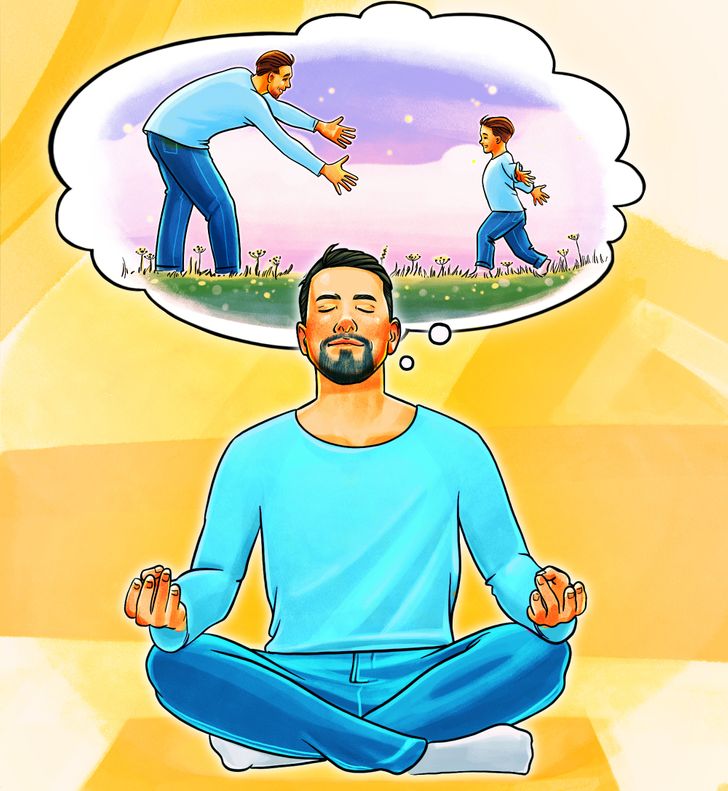
Apart from healing your inner child, meditation offers a lot of benefits like self-awareness. It helps you pay more attention to daily life, noticing your knee-jerk reactions to things, and managing them as well. It also helps you in getting comfortable with the emotions you’ve had a hard time facing.
As kids, you tend to repress emotions because you weren’t encouraged to express them. Repressed emotions show up later in life, sometimes in harmful ways. So you can practice addressing those feelings with the help of meditation and assure your inner child that it is okay to have emotions and let them out. You can also try visualization meditation where you picture your inner child and visit them as your adult self.
6. Parent your inner child.
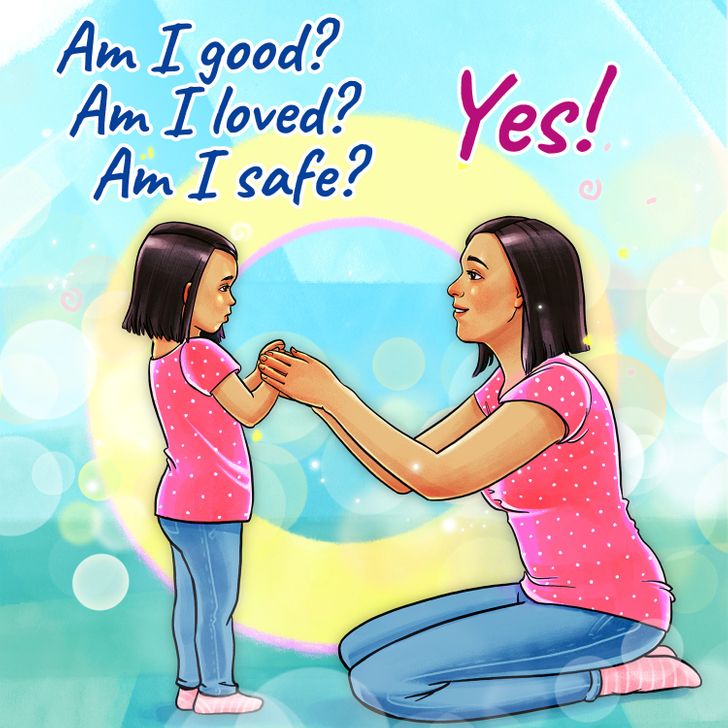
While on the journey of healing your inner child, you need to seek the gaps in parenting that are messing your life up in the present. It could be difficulty in managing your emotions or inappropriate or harmful behaviors.
You can try saying comforting affirmations to your inner child, like, “I love you,” “I’m sorry we had to go through such a painful experience,” “You have a right to play,” and a lot more. Reparenting your inner child can also be done by following the tips mentioned above.
7. Consult a therapist.
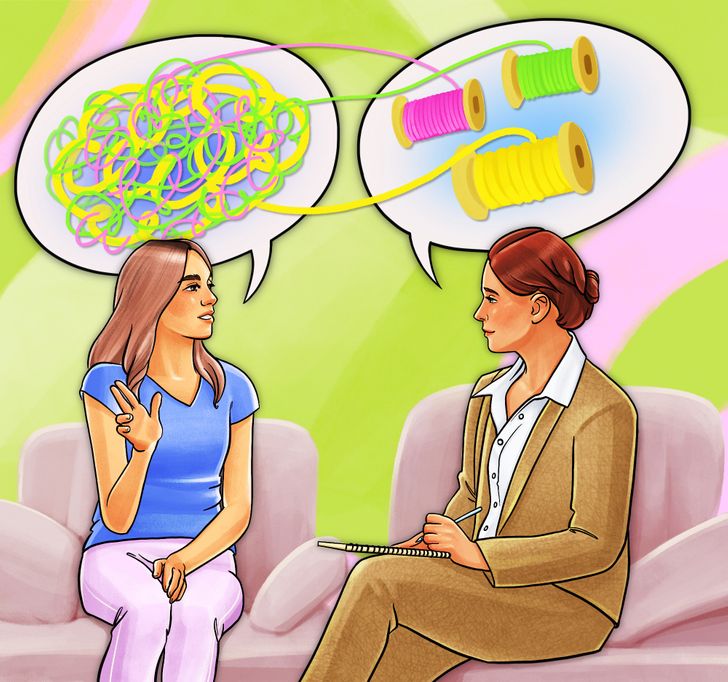
If you’re facing a lot of distress while acknowledging your trauma, then consulting a therapist to help you navigate this journey can help a lot. Your therapist will recognize your childhood history and how it is impacting your daily life, relationships, and well-being in general.
Not all therapists try this method of exploring the past, some also go for cognitive behavioral therapy where they focus on your present experiences. There are a lot of methods therapists try to help you explore your concerns and heal your inner child as compassionately as possible.